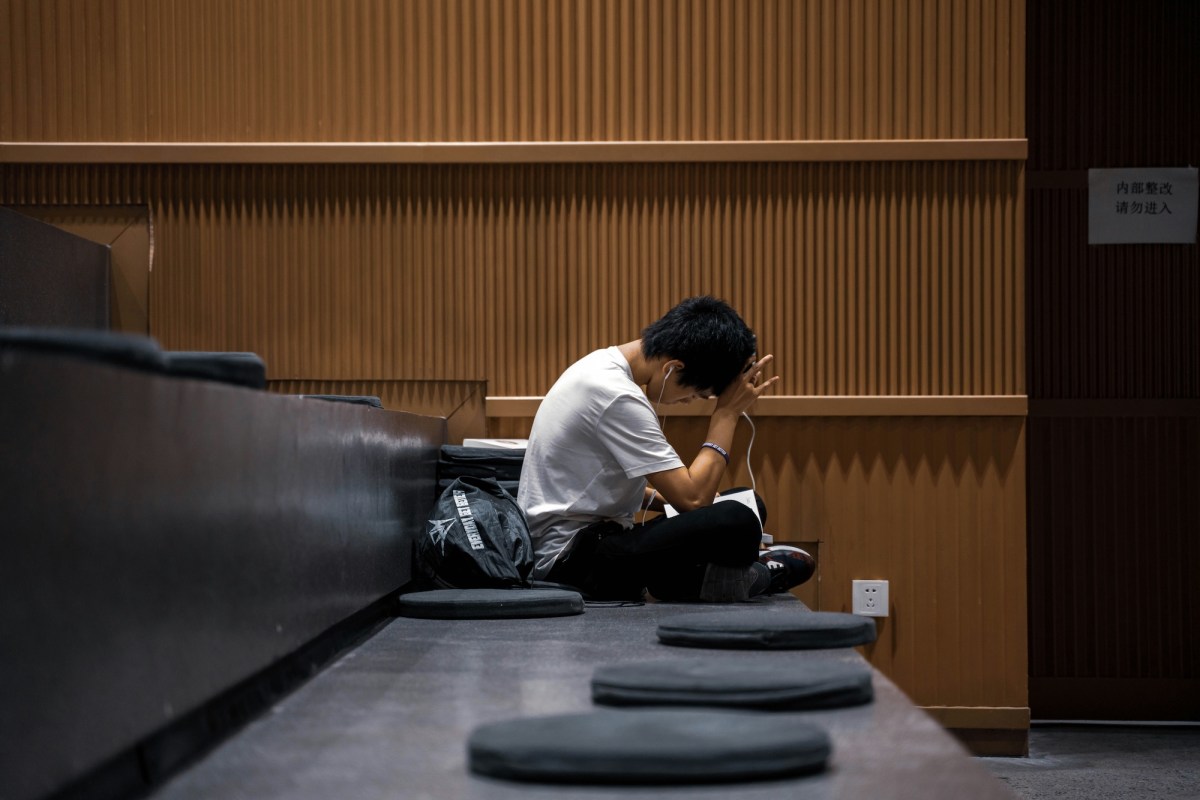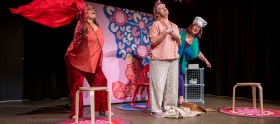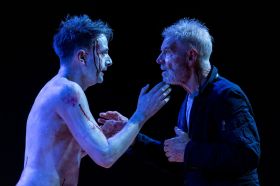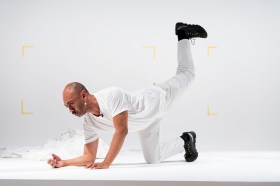Over the last two weeks – as news has started to sink in of Australian National University’s (ANU) Organisational Change Proposal (3 July) to merge the ANU’s School of Music (SoM), ANU School of Art and Design (SoAD) and the ANU Centre for Heritage and Museum Studies (SoHMS) – the sector has moved from shock to bewilderment.
The University is charging forward in the development of a new academic unit, the School of Creative and Cultural Practice. Under this new structure, the Schools will each become programs or departments within the larger School of Creative and Cultural Practice. It is a clear demotion of their value, and denial of their deep legacies.
Publicly available, the strategy document explains: ‘This new structure reflects the evolving nature of creative and cultural practice – which is increasingly collaborative, interdisciplinary, and publicly engaged – and will enrich educational offerings and support research that speaks across artistic forms and social issues.’
The language in this vision is a little alarming. It clearly positions art that is collaborative, publicly engaged or broaching social issues over an individual creative expression and professional artistic careers that come with deep individual inquiry.
Simply, the individual appears to be usurped by the collective. I might be wrong (or old fashioned), but I was of the understanding that the pursuit of a higher education was about skilling the individual – whether a student in the medical school or art school – to walk away with not only skill-based knowledge to deliver their ‘trade’, but also the historic context and conceptual maturity to ensure that their profession flourishes.
Jump ahead:
Demoted to departments promotes generalisation
The current structure allows for individual specialisation, be one seeking a career as a professional flautist, ceramicist or archivist. The structure of the School system hones that through studio practice and academic tuition from within that specialisation – a necessary component to building a next generation of artists, designers, musicians and museum professionals.
This restructure, in contrast, aims to consolidate not only resources – but thinking – to a base generalisation which is, as it states, ‘increasingly collaborative and publicly engaged’.
While the ANU is essentially making the changes as a massive cost saving measure, it has tried to sell the restructure as reflecting, ‘the evolving nature of creative and cultural practice’.
In truth, it is just the pointy end of years of recalibrating towards a highly profitable international student market, that has fallen over in the post-Covid years. That is the driver here, not a seismic redirection within the creative art disciplines and sector. The future sector needs the unique, diverse voices of artists to survive.
The fatigue of cuts impending push back
The headlines have been dominated this past week with the impact the restructure on the School of Music, in particular, with several peak bodies speaking out in support of the School, and student demonstrations held on campus.
In contrast, the Schools of Art and Design (SoAD) and Heritage and Museum Studies (SoHMS) have been disturbingly quiet. One might suggest this is the outcome of ‘cuts fatigue’, and a sense of hopeless defeat that has settled in.
It was back in December 2020, that I wrote on an earlier story of a first phase of SoAD’s restructure, including staff and course cuts to Furniture, Jewellery and Object Workshops, a ‘merger’ of the internationally recognised Glass Workshop with Ceramics Workshop, a reduced Animation and Video program with the loss academic staff positions, cuts to technical officer positions and a scaled back Art and Design Gallery.
The School is operating on such a slim veneer, and now with the announced cut of Foundational Studies and further staff – not to mention daily pressures to aligned as a department within a super school – morale is low, and the value of the education offered is compromised.
Read: ANU’s planned restructure threatens studio arts practice
Unsurprisingly, the words visual arts, studio practice, art and design do not appear anywhere in the new school restructure, and are rather replaced by buzzy verbiage that is more aligned with creative industries and corporate strategists.
It just feels like the University has forgotten the School’s incredible legacy of studio practice, and its history of drawing international academics and artists through its stellar reputation, which stretches back to the 1940s.
A single administration is not a new idea, and has its merits. That original strategy came from a recommendation by an external review of the SoAD in 2017, and an earlier external review of the SoM in 2012. It was again spoken of as a pathway forward in the 2020 changes. Why wasn’t it introduced until now? One might posit is that merit was still seen in the individual School structure, one that has been thrown out with ‘the post-Covid dish water.’
Furthermore, the Operational Change proposal says that, ‘resources, funding, and workforce planning will be data-driven to align with student demand, research funding, and strategic priorities.’
The arts have never performed well via conventional metrics, their impact longer reaching and more qualitative in nature. This provides the easy evidence to be tabled to justify corporatised university decision making.
The real problem here is how economic modelling (or greed), based on fees from international students has created such a dire deficit in a short five years – at the cost to arts subjects, which these students are largely not enrolled for. It would be interesting to see which Departments are most hit by these reduced international enrollments, and how they have commensurately been pared back.
The University explains: ‘Between 2021 to 2024, expenses grew by 7.1% each year, while revenue has grown only by 3.7% per year over the same period. As a result, the University has transitioned from being financially sustainable…to running a persistent operating deficit, with over $520 million in accumulated operating deficits between 2020 and 2024.’ The reason persistently rolled out is, ‘continued uncertainty including overseas student enrolments and related visa issues’.
Today, the ANU describes its financial outlook for 2025, and beyond, as ‘challenging’ adding that, ‘there continues to be an urgent need to make the necessary savings to achieve financial sustainability.’
In 2024, the Renew ANU initiative was launched with a $250 million target to achieve a break-even financial operating result in 2026. Since launching, a $13 million contribution to the overall salary savings target has been realised – or to put it in our terms – from job cuts. The pressure for change, at that price tag come from the top, and at a School level, means there is little hope of pushing back or a reversal.
The long tail damage of poor management
In a story by ArtsHub writer David Burton last month, he says the situation at ANU echoes a national trend. Since 2018, more than 40 creative arts courses have been discontinued at Australian universities, a decline exacerbated by the 2020 Job-Ready Graduates Scheme. That policy increased student contributions for creative arts degrees by as much as 113%, according to the National Advocates for Arts Education (NAAE).
Read: Outrage as ANU announces cuts to School of Music
The ANU continues that the restructure, ‘will enhance the University’s national and international profile in the creative and cultural sectors’. How can these schools be ‘enhanced’ when demoted to mere departments, indeed, their reduced academic staff and offerings make them less appealing as a course option by students, nationally and internationally. It feels counter-intuitive.
The University has been in a spiral in terms of its academic ranking, since 2017, when it was placed at number 47 in THE top 50 university (Times Higher Education World University Rankings), while in the latest ranking it was positioned number 73. This data is backed by QS World University Rankings, which state that ANU has fallen from 19th in 2016 to 30th in 2025.
The atmosphere surrounding this month’s proposed restructure, and these plummeting statistics and deficits, has been further heightened by what many are describing as a low level of consultation, with only 20-days feedback offered on the current proposal tabled on 3 July. It further signals that this is a fait accompli.
Another 20 years down the track, we will reminisce misty-eyed, not what it was like to go to art school, but that there was a very art school we could go to.
What new music will we listen to? Will our art museums be forced into a perpetual cycle of curating narratives from the past? And will our lives become more deeply digital as a world of the handmade fades into the background along with our artists. It is not a world I want. Do you?
Discover more screen, games & arts news and reviews on ScreenHub and ArtsHub.






